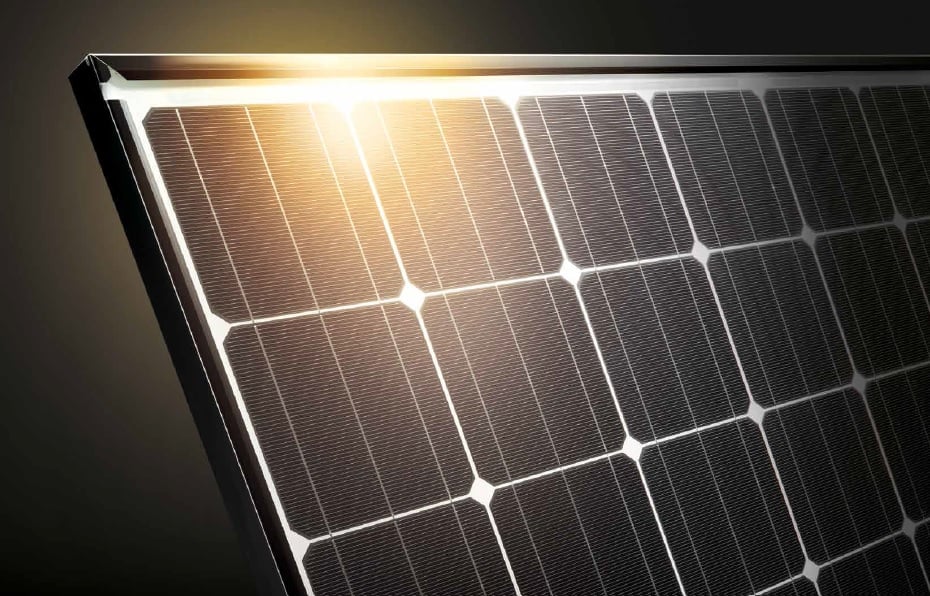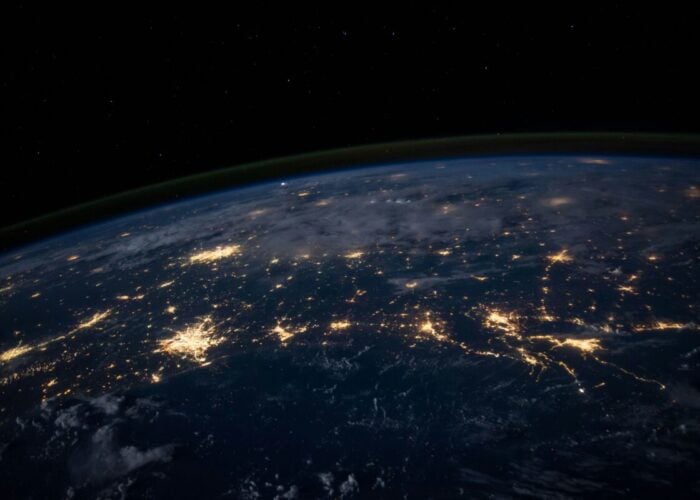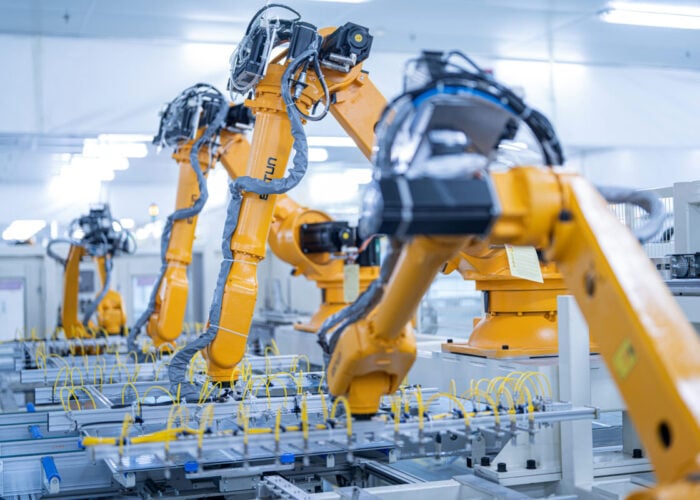
Panasonic has announced plans to withdraw from manufacturing heterojunction (HJT) cells and modules with the closure of its manufacturing plants in Malaysia and Shimane Prefecture, Japan.
The company said that the plant closures would occur during its fiscal 2022, ending in March 2020, noting that production of its HJT cells and modules would continue with subcontracting production to its manufacturing partners.
However, Panasonic had already transferred a 90% stake in its plant in Malaysia to China-based PV manufacturer GS-Solar as part of wider collaboration on HJT production expansion and R&D. However, the deal fell through and Panasonic had sought to find another partner without success.
Unlock unlimited access for 12 whole months of distinctive global analysis
Photovoltaics International is now included.
- Regular insight and analysis of the industry’s biggest developments
- In-depth interviews with the industry’s leading figures
- Unlimited digital access to the PV Tech Power journal catalogue
- Unlimited digital access to the Photovoltaics International journal catalogue
- Access to more than 1,000 technical papers
- Discounts on Solar Media’s portfolio of events, in-person and virtual
Or continue reading this article for free
As part of plan, Panasonic said it would also be reducing its R&D functions and headcount at its Nishikinohama factory in Kaizuka City, Osaka.
The company did not say how many jobs would be lost or the cost of the shutdowns.
GS-Solar has around 600MW of HJT production, but has previously announced plans to expand capacity by a further 2GW in Jinjiang City, China.






